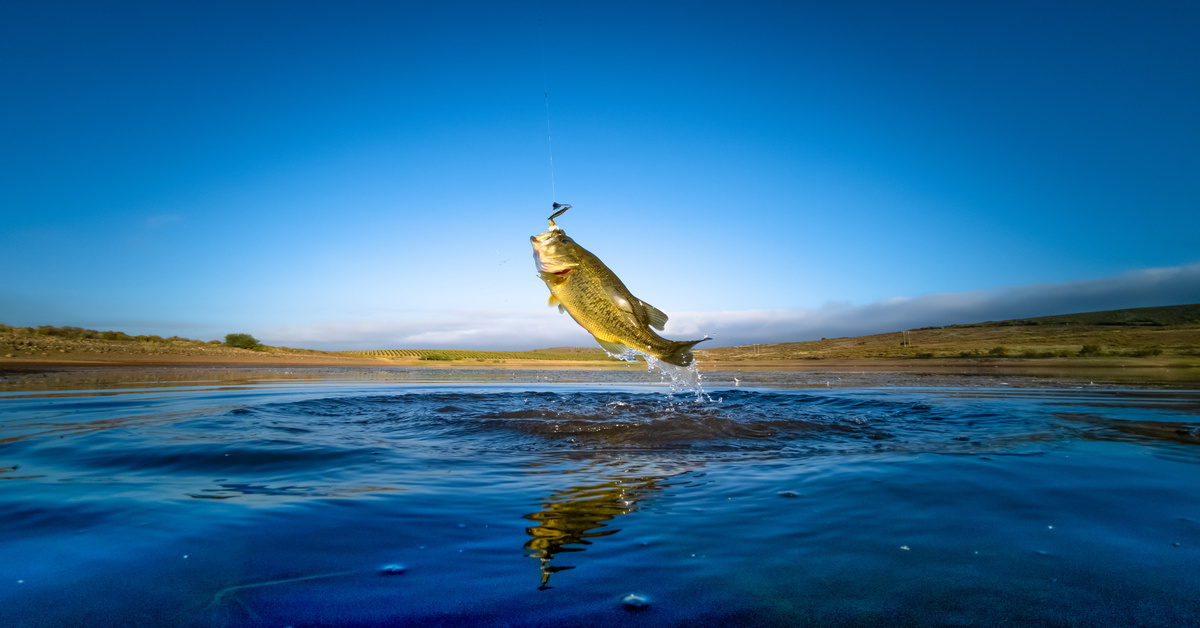Size doesn’t always tell you the whole story when it comes to aquatic ecosystems. A pond may look small next to a lake, but productivity, depth, and habitat diversity shape fish populations more than sheer acreage. If you manage water for commercial, agricultural, or government use, then you’re likely curious: just how much does water body size influence the number of fish?
When determining whether a big pond or a large lake has more fish, managers need to account for carrying capacity, oxygen levels, and how much cover exists for fry and forage fish.
Depth, Nutrients, and Habitat Complexity
Big ponds and large lakes alike support various fish populations, but the water body’s internal structure and ecosystem health ultimately decide how many fish thrive there. For example, larger lakes typically offer deeper, cooler water and stratified layers. These layers allow cold-water species like trout or whitefish to coexist with warm-water fish such as bass and bluegill.
In contrast, big ponds may stay shallow throughout, with oxygen and temperature fluctuating more frequently. The shallower water often supports denser vegetation, which means more spawning grounds and feeding areas for smaller fish. A boost in fertility can sometimes lead to more fish per square foot, but not necessarily a higher total number.
Water Quality and Containment Materials
Shallow systems lose water quickly to evaporation and seepage without proper containment. Water loss stresses fish and reduces food availability. With a high-performance liner system in place, operators can maintain stable conditions for longer periods. When comparing whether a big pond or a large lake has more fish, don’t ignore how the infrastructure below the waterline affects what happens above it.
At Western Environmental Liner, we help organizations protect fish populations by providing engineered containment for aquatic systems. Our retention pond liner solutions support agricultural projects, golf courses, and municipal districts that rely on controlled water environments. Environmental liners prevent seepage, reduce contamination, and give water managers better control over water chemistry to directly support healthier fish stocks.
Oxygen and Turnover Rates Impact Population Size
Fish density depends heavily on dissolved oxygen. Large lakes often benefit from natural turnover cycles, where surface and deep-water layers mix during spring and fall. Cycles distribute oxygen evenly across the lake and help break down waste. Ponds may not always experience this turnover, especially in warmer climates or low-wind regions, making mechanical aeration more necessary.
Additionally, a lake’s large surface area allows wind to oxygenate water naturally. Ponds with limited surface movement often rely on bubbling systems or cascading inflows to maintain fishable conditions. Without oxygen, fish populations shrink regardless of acreage.
Fish populations don’t follow a simple rule based on size. While large lakes offer more space, ponds can deliver higher densities under the right conditions. Every system requires its own evaluation.
At Western Environmental Liner, we support water managers with custom-fit retention pond liner systems that extend water life and improve habitat control. Contact us today to discuss your project’s goals and let our team recommend liner solutions tailored for optimal fish health and ecosystem performance.


